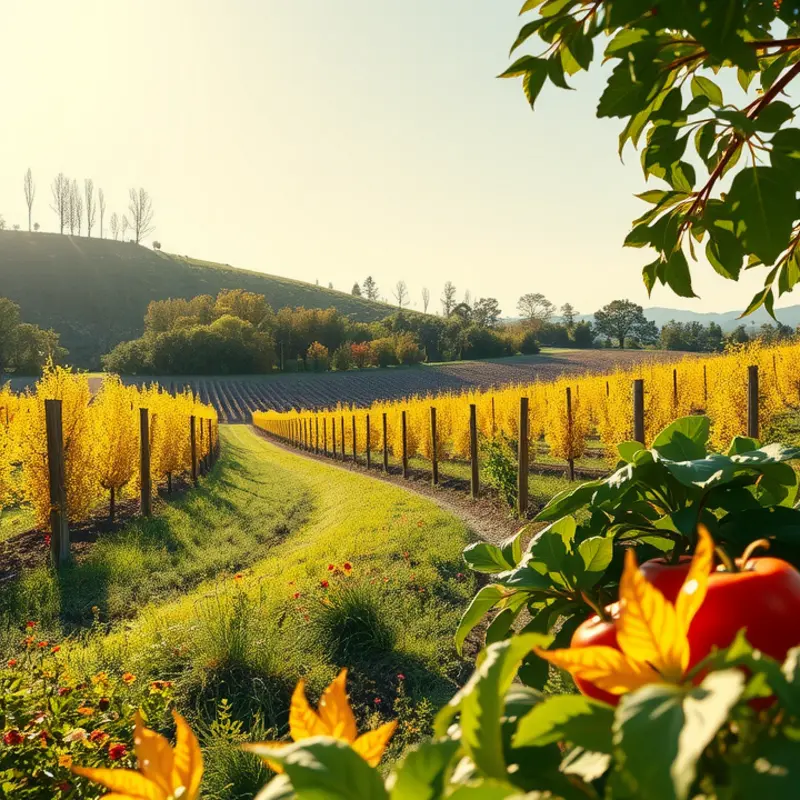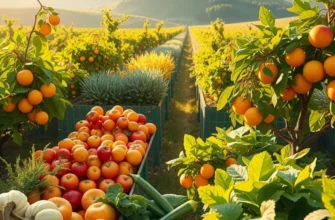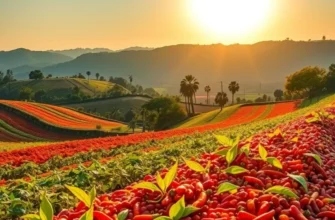Cuban food culture is a vibrant reflection of the island’s history, geography, and rich traditions. Influenced by Spanish, African, and Caribbean elements, Cuban cuisine stands out for its bold flavors and unique ingredients. From the bustling streets of Havana to quaint rural kitchens, the culinary offerings tell stories of resilience and creativity. Embark on a journey to understand the heart of Cuban gastronomy, where every dish offers a taste of the island’s cultural heritage and communal spirit.
An Overview of Cuban Culinary Heritage

Cuban cuisine is a rich mosaic of cultures and flavors uniquely melded over centuries. The island’s gastronomic heritage has been significantly shaped by Spanish colonizers, African slaves, and the native Taíno people, among others. These diverse influences have intertwined to create a culinary tradition that is bursting with vibrant tastes and aromas.
The Spanish influence in Cuba introduced items like citrus fruits and rice, which have become staples in Cuban dishes. Spanish-style stews and elaborate seasoning techniques have also greatly influenced Cuban cooking methods. One can trace the roots of popular dishes like ropa vieja, a shredded beef stew, back to Spain, yet it holds a distinct Cuban flair with its use of local ingredients like bell peppers and tomatoes.
Africa’s culinary contribution is monumental, especially in the use of ingredients like plantains, okra, and various root vegetables. These ingredients, often introduced by African slaves, find their way into many of Cuba’s iconic dishes. For instance, tostones—fried plantain slices—are a popular side dish that showcases this historical influence. Moreover, the aromatic spices and seasonings such as cumin, garlic, and oregano, treasured in Cuban kitchens, underscore Africa’s lasting impact.
The indigenous Taíno people have also left their mark on Cuban cuisine. Traditionally known for their cassava-based dishes, the Taínos contributed techniques like grilling and the use of native Caribbean flora. The preparation of fish and seafood, often cooked in banana leaves, is a practice that can be traced back to these early inhabitants, adding a unique layer to the island’s collective culinary wisdom.
At the heart of Cuban cuisine are staple ingredients—most notably rice and beans. This duo, often prepared together as moros y cristianos (black beans and rice), not only highlights the Spanish and African synergy but also emphasizes the simplicity and flavor central to Cuban meals. These nutritious staples are complemented by a plethora of tropical fruits and spices, all enhancing the island’s culinary palette.
Communal dining holds a special place in Cuban culture. Meals are a time for families and friends to gather, share, and bond. Food is viewed not just as sustenance, but as an integral part of celebration and tradition. Communal traditions, like the popular nochebuena—an extensive family feast on Christmas Eve—reflect food’s role as a unifying force among Cuban social gatherings.
Cuban cuisine, much like its people, is characterized by resilience and creativity. Despite economic shortages or political challenges, the rich culinary culture has persisted, adapting new global influences while cherishing its roots. For those seeking to explore further, learning how cultural exchanges have shaped global cuisines can provide deeper understanding (learn more about culinary influences). This adaptability, coupled with a deep respect for tradition, ensures that Cuban cuisine remains a treasured tapestry, woven with history and delectably unique flavors.
Cuban Dishes and Their Stories

Cuba’s culinary landscape is a vibrant mosaic, shaped by diverse influences and historical legacies. Signature dishes tell tales of cultural intertwining, a sumptuous voyage through flavors long cherished. Ropa Vieja stands as a testament to this. Translated as ‘old clothes,’ this dish embodies the art of transformation, turning mundane ingredients into a feast. Shredded beef, simmered for hours, absorbs the zest of bell peppers, onions, and tomatoes. A hint of cumin and bay leaves conjures the warmth of a Cuban kitchen. The legacy of Ropa Vieja traces back to Spanish settlers, reminiscent of the country’s rich colonial past.
Arroz con Pollo, another classic, carries the rhythmic heartbeat of Cuban family gatherings. Its roots run deep in Latin America, yet here, it plunges into a sea of saffron-tinted rice and tender chicken. Garlic, onions, and bell peppers form a fragrant base, lifted by the tang of olives and a splash of white wine. Customarily, this dish is a centerpiece during Sunday lunches, echoing laughter and shared stories. It’s a dish that invites conversation, a culinary centerpiece fostering community.
Then there’s Moros y Cristianos, a dish evocative of Cuba’s historical narrative. The unity of black beans (Moros) and white rice (Cristianos) symbolizes the coming together of African and Spanish cultures. The slow cook of beans with green peppers, oregano, and a dash of cumin weaves an aromatic tapestry on the palate, a nod to the harmonious blend of flavors and histories.
Meal times in Cuba are a cultural ritual, where food becomes a medium for storytelling. Elders recount tales while aromas waft through the family home, underscoring the day’s narratives. It’s a practice of generational storytelling, a culinary bridge between past and present. Families gather, layer memories over shared meals, and thread stories through the act of eating.
Traditionally, Cuban dishes make use of ingredients that maximize flavor without excess salt. This is a reflection of both ingenuity and resourcefulness, crafted from the island’s limited resources. For those interested in exploring how to boost flavor without relying on salt, there’s excellent guidance available on flavor boosters without salt.
Cuban cuisine is not just about satisfying hunger. It is an embrace of heritage, an embrace of smells and tastes that sustain more than just the body. It nourishes connections, bridging the gap between diaspora and homeland, past and future. Through each dish, stories are served, celebrated, and passed down, keeping the spirit of Cuba alive on every plate shared.
Final words
Cuban food culture represents a melting pot of flavors, history, and techniques, embodying the spirit of its people and their stories. Each dish offers a glimpse into the island’s diverse influences, making it a culinary journey worthy of exploration. The shared love for cooking and communal meals highlights the importance of food as a means of connection and celebration in Cuban life. Understanding these dishes and their backgrounds enriches the culinary experience, inviting food enthusiasts and cultural travelers to appreciate Cuba’s gastronomic landscape on a deeper level.








